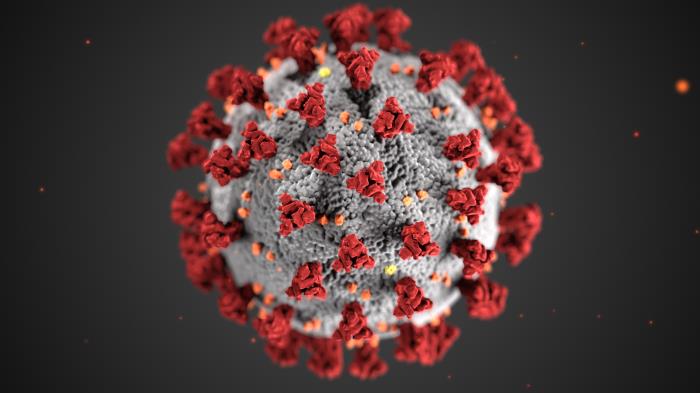
Abstract
The animal reservoir of SARS-CoV-2 is unknown despite reports of various SARS-CoV-2-related viruses in Asian Rhinolophus bats, including the closest virus from R. affinis, RaTG13. Several studies have suggested the involvement of pangolin coronaviruses in SARS-CoV-2 emergence. SARS-CoV-2 presents a mosaic genome, to which different progenitors contribute. The spike sequence determines the binding affinity and accessibility of its receptor-binding domain (RBD) to the cellular angiotensin-converting enzyme 2 (ACE2) receptor and is responsible for host range. SARS-CoV-2 progenitor bat viruses genetically close to SARS-CoV-2 and able to enter human cells through a human ACE2 pathway have not yet been identified, though they would be key in understanding the origin of the epidemics. Here we show that such viruses indeed circulate in cave bats living in the limestone karstic terrain in North Laos, within the Indochinese peninsula. We found that the RBDs of these viruses differ from that of SARS-CoV-2 by only one or two residues, bind as efficiently to the hACE2 protein as the SARS-CoV-2 Wuhan strain isolated in early human cases, and mediate hACE2-dependent entry into human cells, which is inhibited by antibodies neutralizing SARS-CoV-2. None of these bat viruses harbors a furin cleavage site in the spike. Our findings therefore indicate that bat-borne SARS-CoV-2-like viruses potentially infectious for humans circulate in Rhinolophus spp. in the Indochinese peninsula.
Read more...







